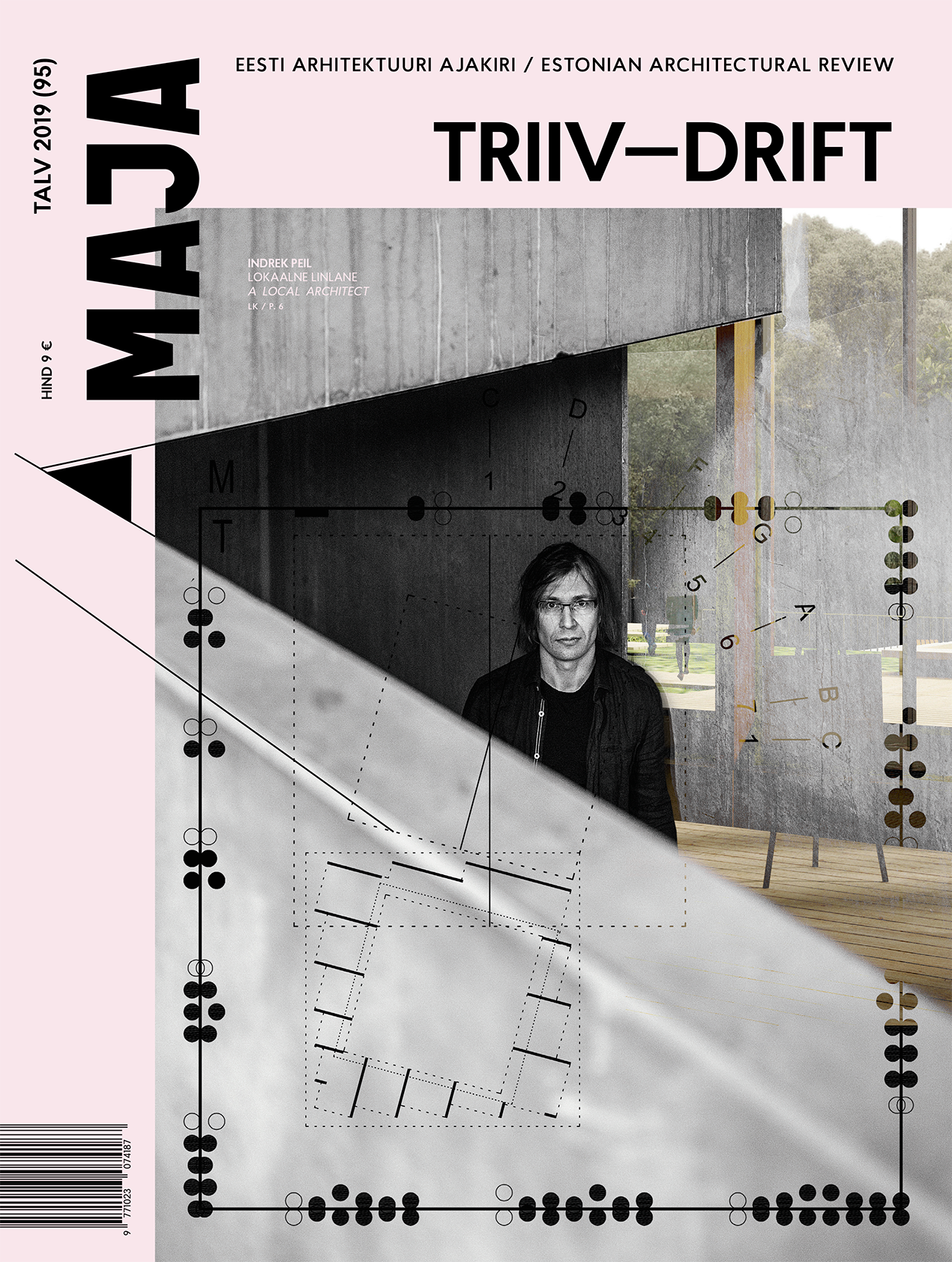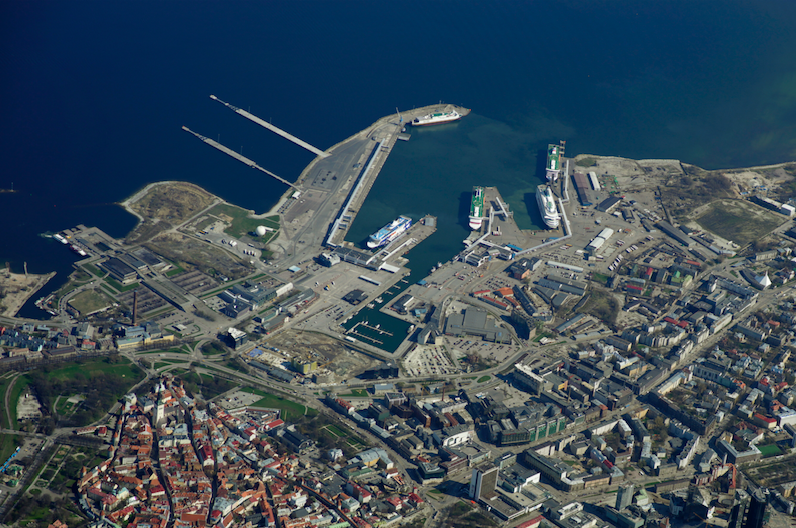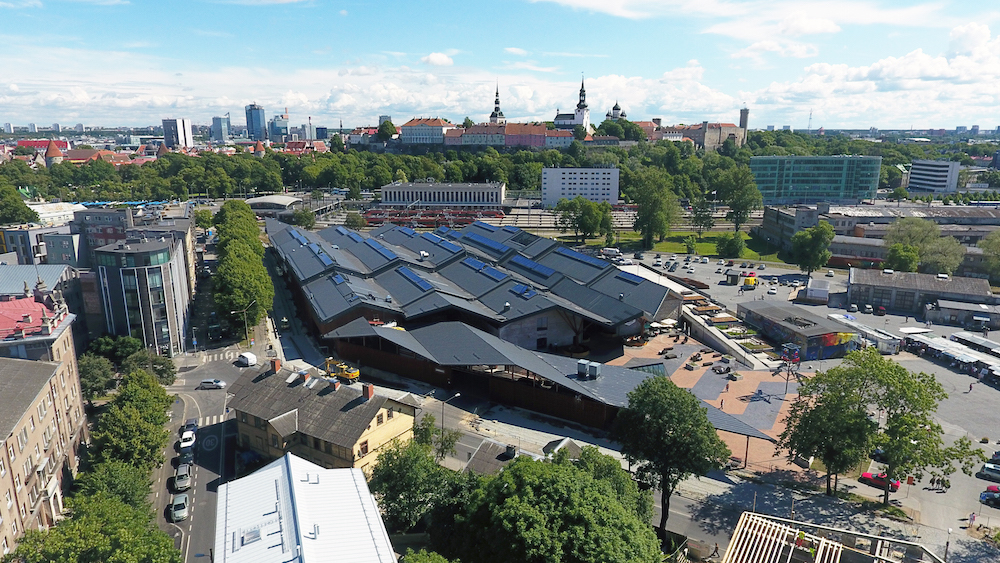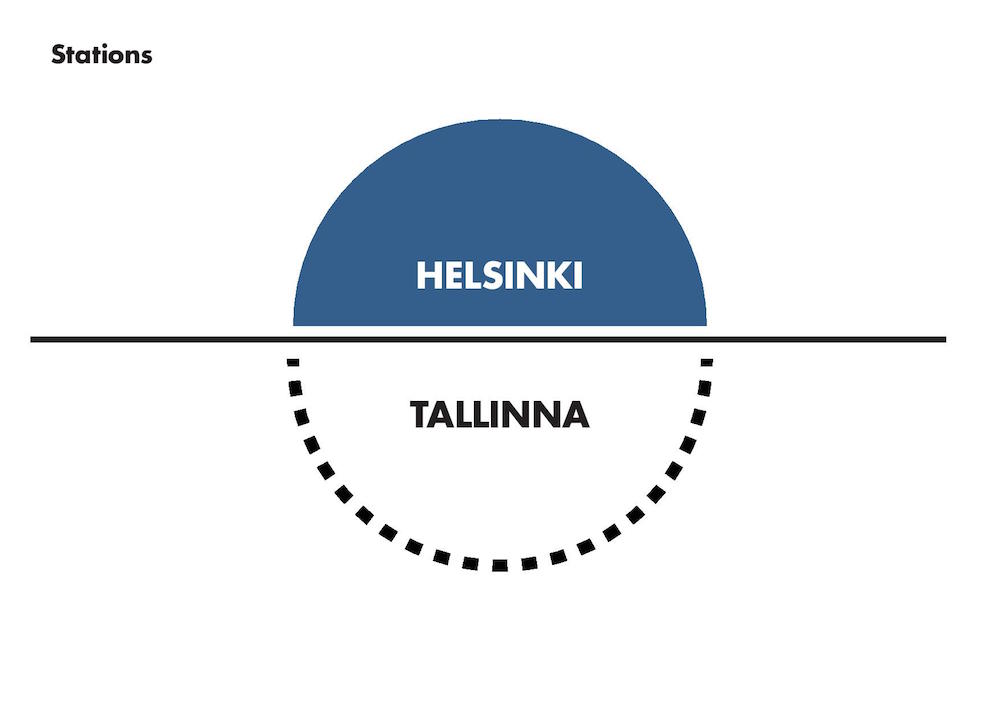Winter 2019 (95): Drift
PORTRAITIndrek Peil. A Local Architect 〉 Interviewed by Mirko Traks MEDIATIONEmbodied Space: Metaphor and Metamorphosis 〉 Margus OttStubborn Space 〉 Tõnu RunnelThe Era of Green Deserts 〉 Jaan Kaplinski DRIFTBerlin. A Brushwood Metropolis 〉 Piret KarroShanghai – A Normal Chaos and Curated Mentality of Letting Go 〉 Tõnis Kimmel, Inke-Bret EekThe Process Within the Process












